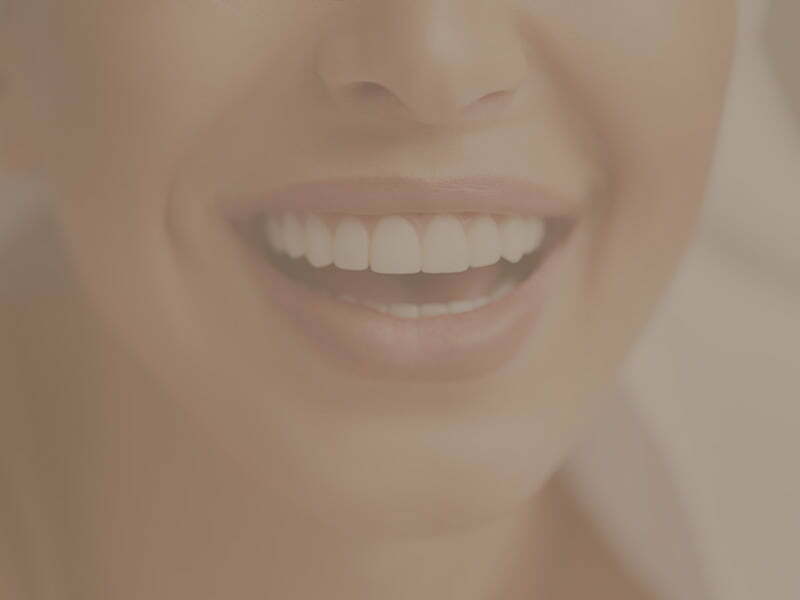

Dental veneers, sometimes called porcelain veneers or dental porcelain laminates, are wafer-thin, custom-made shells of tooth coloured materials designed to cover the front surface of teeth to improve their appearance. The veneers are bonded to the front of the teeth changing their colour, shape, size or length.
Veneers can be made from porcelain, ceramic or a resin composite material. Porcelain veneers are better at resisting stains and reflecting the appearance of natural teeth, while resin veneers are thinner and require less of the natural tooth structure to be removed. Your dentist will discuss the best option for your individual case.

Veneers are used routinely to treat:

After fitting, it is important to keep your veneer well-maintained with regular brushing and flossing. Your dentist and hygienist will show you how to keep on top of your dental hygiene and keep a close eye on the health of your teeth and gums.
Although veneers are resilient, it is important to treat them with care, so try not to bite your fingernails or chew pen tops, or use your teeth to open anything. Also, it is probably best to steer clear of very hard foods that could cause damage to the veneer.
The modern alternative to veneers is cosmetic bonding, whitening, and white filling bonding. This technique is reversible and conserves your natural tooth tissue. This only applies to cosmetic cases where patients want to change the position or colour of their teeth. Veneers are still the best solution for inherited staining and discolouration and root filled teeth as they effectively mask the underlying colour.